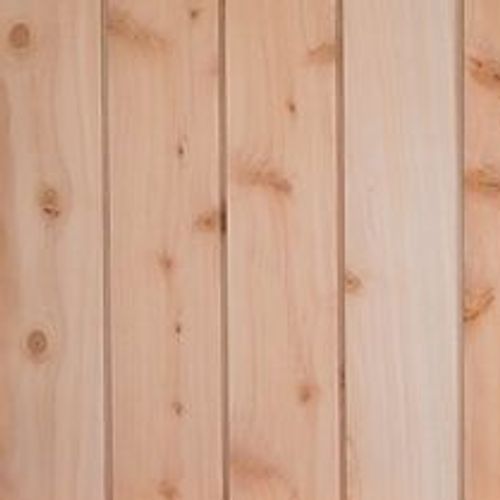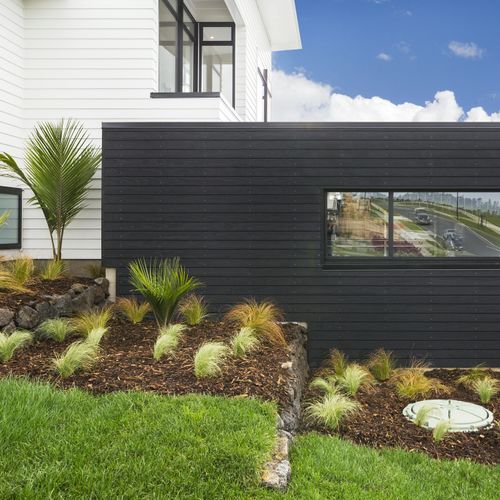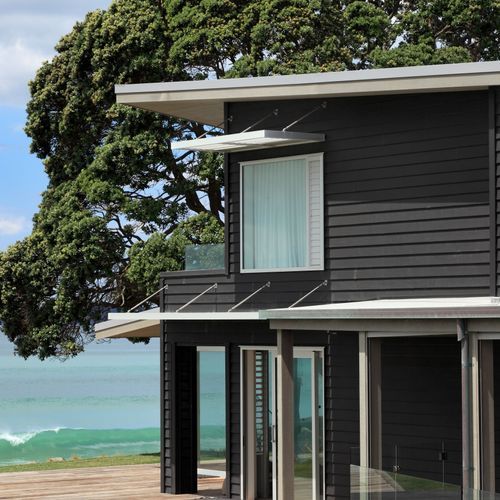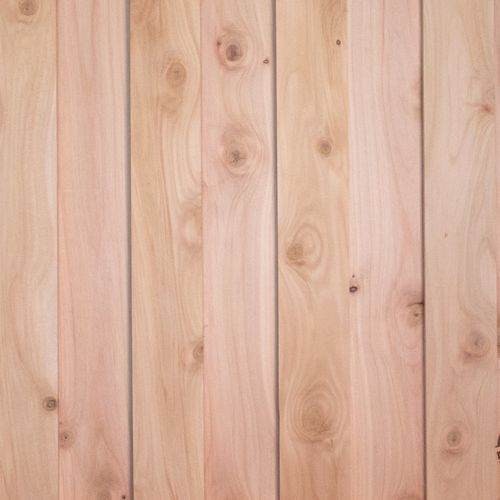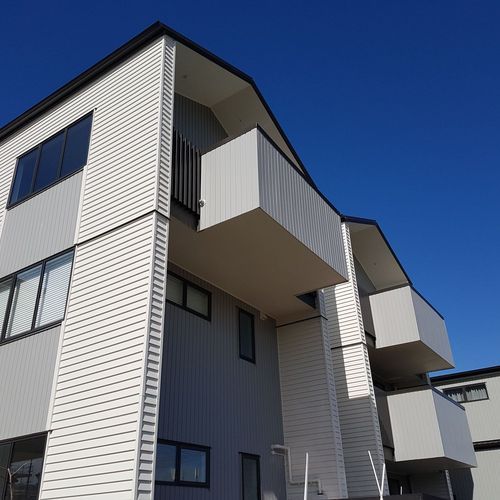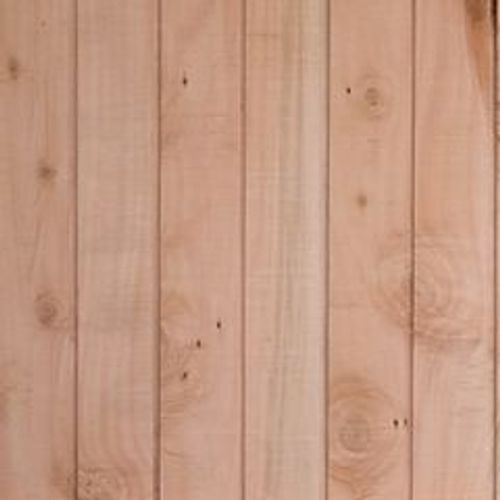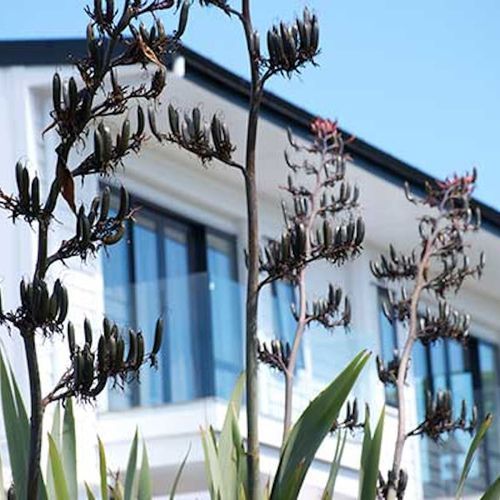Timber Cladding
- Timber cladding is a well-established way to protect the building and enhance its visual values. The natural beauty of the wood species is followed by strong functional properties, such as weather resistance, air-tightness, and durability. For that reason, this traditional method is still as popular as ever. At ArchiPro, we offer a variety of timber weatherboards from leading suppliers in New Zealand.Why ArchiPro?
No more endless searching -
Everything you need, all in one place.Real projects, real experts -
Work with vetted architects, designers, and suppliers.Designed for New Zealand -
Projects, products, and professionals that meet local standards.From inspiration to reality -
Find your style and connect with the experts behind it.Start your Project
Start you project with a free account to unlock features designed to help you simplify your building project.
Learn MoreBecome a Pro
Showcase your business on ArchiPro and join industry leading brands showcasing their products and expertise.
Learn More